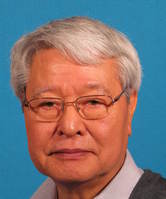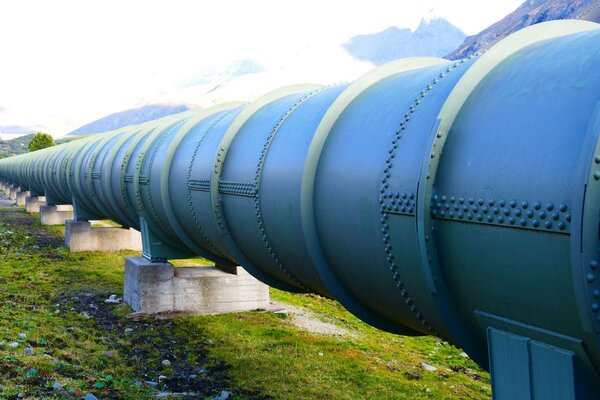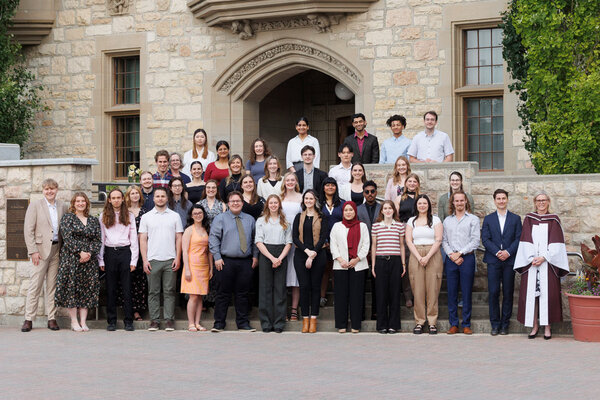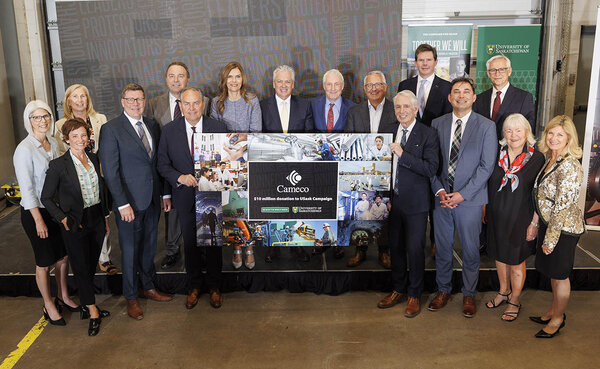
Dr. Akira Hirose (1941-2017)
Akira was the Department Head from 1998-2001 and was a Canadian Research Chair (tier 1) since 2001.
.jpg)
Akira Hirose-Emeritus Professor, Ph.D., D.Sc., FAPS, FIEEE, FRSC,
(1941-2017)
It is with great sadness that we announce the passing of Dr. Akira Hirose. Akira obtained his Bachelor of Science and his Master of Science at Yokohama National University, and his Doctor of Philosophy at the University of Tennessee. Akira was a Research Scientist at Oak Ridge National Laboratory Oak Ridge, TN, USA.
In 1971, Dr. Hirose joined the Plasma Physics Laboratory at the University of Saskatchewan as a research scientist. In 1977, he became a faculty member in the Physics and Engineering Physics department and in 1979 was made full professor. Akira became the director of the Plasma Physics Laboratory in 1994, when Dr. Harvey Skarsgard retired. Akira became a Professor Emeritus in 2015.
Akira was the Department Head from 1998-2001 and was a Canadian Research Chair (tier 1) since 2001. He was a prolific researcher, publishing 15 books/chapters and over 330 refereed journal articles, including papers in the prestigious Physics Review Letters (PRL). He also served as an Associate editor of Physical Review Letters.
Dr. Hirose supervised over 30 MSc and PhD students and many Post-Doctoral Fellows and Research Associates/Assistants. Akira made pioneering theoretical and experimental contributions to the basic understanding of waves and instabilities in plasmas and their effects on diffusion, confinement and heating of plasmas. Akira was responsible for building the first Canadian tokamak STOR-1M in the early 1980s and soon its successor STOR-M. STOR-M is the only active tokamak in Canada today. In early 1990, research on a compact torus injector was initiated to develop a unique fueling technology to meet the needs of future large tokamak fusion reactors. In early 2000, his lab expanded its research to include plasma based material syntheses. Though STOR-M is small, its contribution to the fusion energy research has been remarkable and has drawn attention from the fusion research community. The IAEA joint experiments, with participation from many countries, were conducted on STOR-M in August 2015. The Saskatchewan tokamaks were used to demonstrate alternating current operation of a tokamak for the first time in early 1980s, an operation mode later tested on many tokamaks world-wide, including the then largest Joint European Tokamak, expanding from 20 kA to 1 MA, and on the HT-7 superconducting tokamak, from a few AC cycles to hundreds of cycles.
Akira received many prestigious fellowships and awards during his distinguished career:
•American Physical Society Outstanding Referee Award (2009).
•Elected as a member of C-16 Committee (Plasma Physics), UNESCO International Union of Pure and Applied Physics (IUPAP) (2009-2012).
•Canada Research Chair renewed for the second term (2008-2015).
•Saskatchewan Centennial Medal (February 2006).
•Nominated for APS DPP J. C. Maxwell Prize.
•Elected Member of the European Academy of Science (2002) and Fellow (2003).
•Appointed Canada Research Chair in Plasma Science (2001).
•Elected a Fellow of Academy of Science, Royal Society of Canada (2000).
•1998 Institute of Electrical and Electronics Engineers (IEEE) Nuclear and Plasma Sciences Society (NPSS) Plasma Science and Applications Award
o Citation: “for outstanding contributions to theoretical/experimental work on basic and fusion related plasma science including studies on waves, turbulent heating, quasi-steady state operation and anomalous transport in tokamaks.”
•Distinguished Researcher, 1996, invitation from Tokyo Metropolitan Institute of Technology for research collaboration and special lectures on nuclear fusion.
•Distinguished Researcher’s Award, 1995 (Fall Convocation, University of Saskatchewan).
•Distinguished Foreign Scientist, 1995, Japan Atomic Energy Research Institute.
•Earned Doctor of Science, University of Saskatchewan (October 1994)
o Citation “For pioneering contributions to the understanding of linear waves, instabilities, and turbulent heating in plasmas and confinement studies in tokamaks.”
•Merit Award from the Nuclear and Plasma Sciences Society, IEEE (1993).
o Citation: "For pioneering contributions to the understanding of linear waves, instabilities, and turbulent heating in plasmas and confinement studies in tokamaks".
•Fellow, IEEE (Institute of Electrical and Electronic Engineers) (1986).
•Fellow, American Physical Society (1981).
•Senior Member, IEEE (Institute of Electronic and Electrical Engineers) (August 1982 to December 1985).
•Research Fellow (Japan Society for Promotion of Sciences, Ministry of Education, Japan), April to July 1984.
•Fulbright Scholarship (USA) (1967).
Lifetime achievements by Prof Hirose were honoured in several special sessions at the Canadian Association of Physicists Congress, Edmonton, 2015. Akira’s achievements and contributions to Plasma Physics will be forever remembered by his many students and colleagues.


